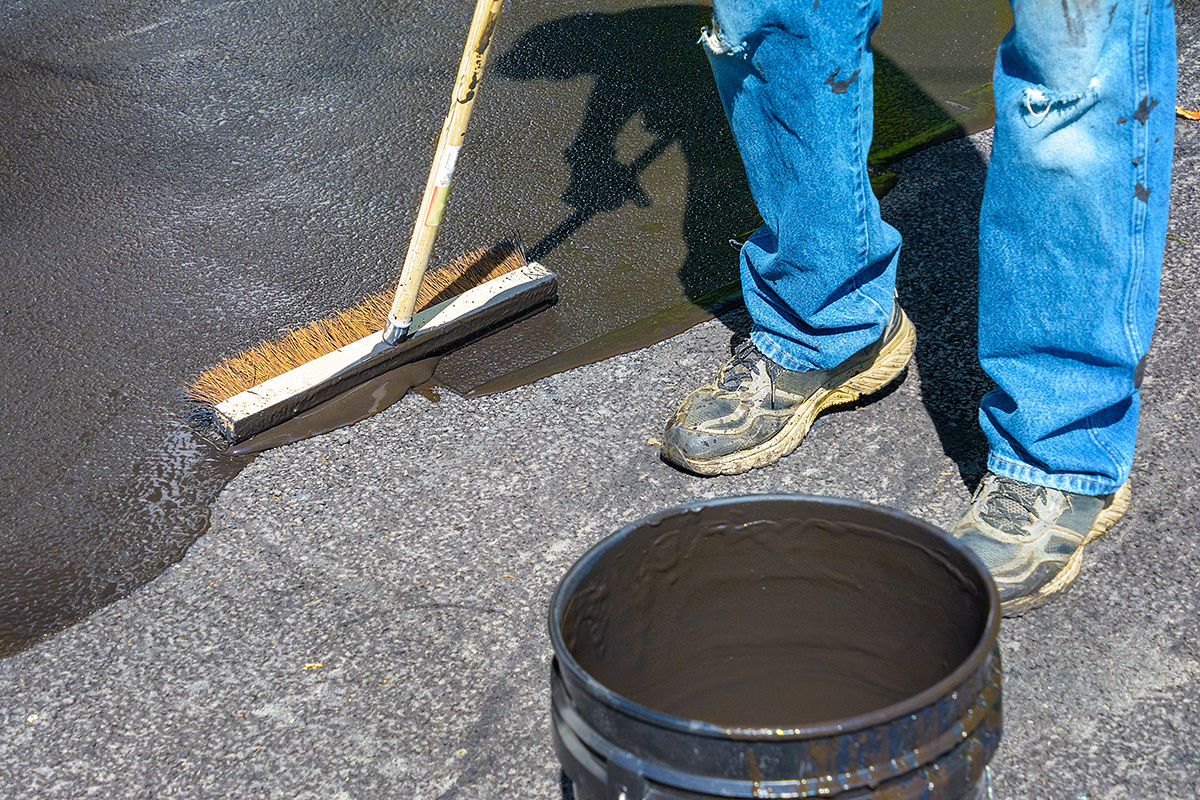Swift Solutions for Asphalt Spot Repair: Optimum Securing Strategies
Swift Solutions for Asphalt Spot Repair: Optimum Securing Strategies
Blog Article
Cold Mix Asphalt Vs. Hot Mix Asphalt: Which Is Right for You?

Structure Distinctions
Cold mix asphalt is generated by emulsifying the asphalt binder with water and an emulsifying representative prior to blending it with accumulation. The warm mix asphalt manufacturing procedure entails warming the aggregate and asphalt binder separately before combining them at the asphalt plant.
Moreover, chilly mix asphalt often tends to be much less thick and extra adaptable than hot mix asphalt. This versatility makes it far better matched for locations with higher degrees of motion, such as driveways or roads with rush hour. On the other hand, hot mix asphalt is known for its high toughness and resistance to rutting and splitting, making it a favored option for freeways and high-traffic roads where longevity is crucial.
Installment Refine Differences
The procedure of setting up cold mix and warm mix asphalt shows remarkable differences in their needs and procedures. Cold mix asphalt, being a much more versatile material, can be applied straight from the bag or container onto the pit or damaged location. It calls for marginal preparation work, such as cleaning the location and compacting the cold mix with hand devices. This makes it a practical option for short-lived and fast fixes. On the other hand, hot mix asphalt requires a more intricate setup procedure. It entails heating up the blend to heats prior to laying it down on an appropriately prepared base. The prep work consists of condensing the base, applying a tack coat, and utilizing heavy machinery like pavers and compactors for a resilient and smooth finish. Because of the heating demands, warm mix asphalt setups are usually executed by experts with specialized devices, ensuring an extra long-term and structurally audio outcome.
Sturdiness and Long Life Elements
When considering asphalt alternatives, durability and long life are critical aspects to examine for enduring pavement efficiency. Warm mix asphalt (HMA) is recognized for its phenomenal toughness and durability.
In terms of long life, HMA commonly outshines CMA because of its superior toughness and resistance residential or commercial properties. HMA pavements have a longer solution life, requiring much less regular fixings and upkeep, which can convert to cost financial savings in the long run. Additionally, HMA sidewalks are much more conveniently adjustable to satisfy specific job requirements, additionally enhancing their durability.
Expense Considerations
Thinking about the financial ramifications is a vital aspect when examining the selection between hot mix asphalt (HMA) and chilly mix asphalt (CMA) for sidewalk projects. While the preliminary cost of hot mix asphalt is commonly higher than that of cool mix asphalt, HMA typically supplies a more cost-effective solution in the future as a result of its superior longevity and longevity. HMA is known for its capability to withstand rush hour loads and severe weather, minimizing the demand for constant repairs and maintenance. On the various other hand, cool mix asphalt is more budget friendly upfront but might call for even more constant patching and resurfacing, leading to higher maintenance expenses gradually.
In addition to material expenses, it's important to take into consideration the costs connected with installation and maintenance when contrasting HMA and CMA. Eventually, the choice between HMA and CMA should take right into account not simply the preliminary cost yet likewise the long-lasting financial effects to identify the most economical choice for the particular sidewalk job.
Environmental Impact Contrast
Contrast of the environmental effects between hot mix asphalt (HMA) and cold mix asphalt (CMA) reveals unique distinctions in sustainability practices. HMA production requires high temperature levels, leading to increased energy usage and greenhouse gas discharges.
Additionally, making use of CMA often includes reusing existing asphalt sidewalk, advertising resource conservation and lowering the quantity of waste sent out to land fills. This reusing element better enhances the sustainability of CMA contrasted to HMA. On the whole, when taking into consideration the environmental influence, CMA arises as an extra eco sustainable selection as a result of its reduced energy requirements, reduced discharges, and the capacity for recycling existing products. By deciding for CMA over HMA, road building jobs can contribute favorably to ecological conservation initiatives.
Verdict
Finally, the option in between chilly mix asphalt (CMA) and warm mix asphalt (HMA) depends on numerous factors such as make-up, setup procedure, toughness, longevity, expense, and environmental impact. asphalt patch repair. While CMA supplies a cost-effective and quick option for small repairs, HMA makes sure premium resilience and durability for hefty web traffic locations. Consider these aspects carefully to identify see this website which kind of asphalt is the appropriate selection for your paving needs

Considering the economic implications is a crucial facet when assessing the selection in between hot mix asphalt (HMA) and chilly mix asphalt (CMA) for pavement jobs. While the first cost of hot mix asphalt is usually higher than that of chilly mix asphalt, HMA often offers an extra cost-effective remedy in the long run due to its premium resilience and durability. cold mix asphalt.Comparison of the ecological impacts between hot mix asphalt (HMA) and why not check here chilly mix asphalt (CMA) discloses unique differences in sustainability practices.In final thought, the option in between cool mix asphalt (CMA) check my reference and warm mix asphalt (HMA) depends on numerous factors such as composition, setup process, resilience, long life, price, and ecological influence
Report this page